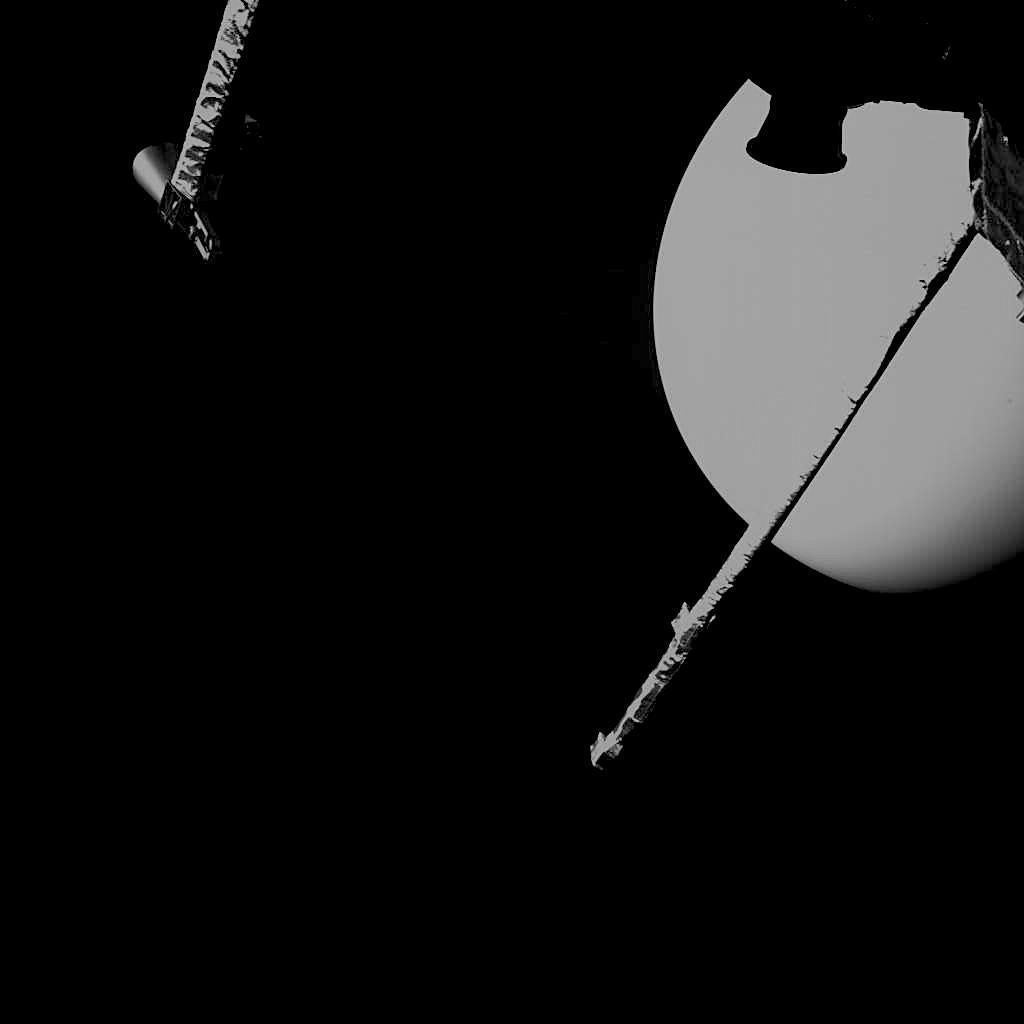Space probe makes 1st Venus fly-by on way to Mercury
A spacecraft bound for Mercury has swung by Venus, using Earth’s neighbor to adjust its course on the way to the solar system’s smallest and innermost planet

Your support helps us to tell the story
From reproductive rights to climate change to Big Tech, The Independent is on the ground when the story is developing. Whether it's investigating the financials of Elon Musk's pro-Trump PAC or producing our latest documentary, 'The A Word', which shines a light on the American women fighting for reproductive rights, we know how important it is to parse out the facts from the messaging.
At such a critical moment in US history, we need reporters on the ground. Your donation allows us to keep sending journalists to speak to both sides of the story.
The Independent is trusted by Americans across the entire political spectrum. And unlike many other quality news outlets, we choose not to lock Americans out of our reporting and analysis with paywalls. We believe quality journalism should be available to everyone, paid for by those who can afford it.
Your support makes all the difference.A spacecraft bound for Mercury swung by Venus on Thursday, using Earth's neighbor to adjust its course on the way to the solar system’s smallest and innermost planet.
Launched almost two years ago, the European-Japanese probe BepiColombo took a black-and-white snapshot of Venus from a distance of 17,000 kilometers (10,560 miles), with some of its own instruments in the frame.
The fly-by is the second of nine so-called planetary gravity assists that the spacecraft needs for its seven-year trip to Mercury. The first, around Earth, took place in April.
The European Space Agency has described the 1.3 billion-euro ($1.5 billion) mission as one of its most challenging yet. Mercury’s extreme temperatures, the intense gravity pull of the sun and blistering solar radiation make for hellish conditions.
BepiColombo will make one more fly-by of Venus and six of Mercury itself to slow down before its arrival in 2025. Once there, the spacecraft will split in two, releasing a European orbiter nicknamed Bepi that will swoop into Mercury's inner orbit while Mio, built by the Japan Aerospace Exploration Agency, gathers data from a greater distance.
Both probes are designed to cope with temperatures varying from 430 degrees Celsius (806 degrees Fahrenheit) on the side facing the sun, and -180 degrees Celsius (-292 F) in Mercury’s shadow.
Researchers hope the BepiColombo mission will help them understand more about Mercury, which is only slightly larger than Earth’s moon and has a massive iron core.
The last spacecraft to visit Mercury was NASA’s Messenger probe, which ended its mission in 2015 after a four-year orbit. Before that, NASA’s Mariner 10 flew past the planet in the mid-1970s.